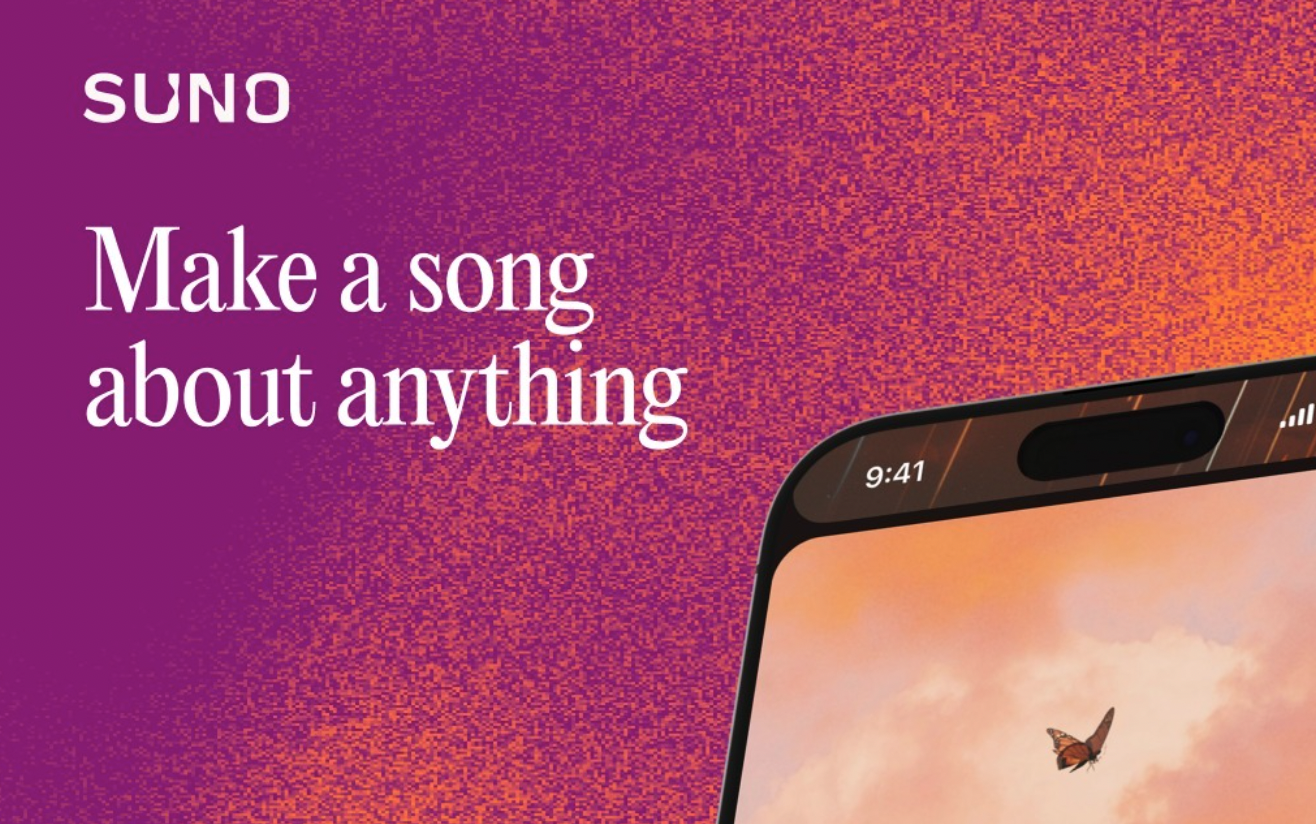“Suno’s training data includes essentially all music files of reasonable quality that are accessible on the open internet.”
“Rather than trying to argue that Suno was not trained on copyrighted songs, the company is instead making a Fair Use argument to say that the law should allow for AI training on copyrighted works without permission or compensation.”
Archived (also bypass paywall): https://archive.ph/ivTGs



4 chords.
“4 chords” is a cool mashup but it’s not really a valid point in this conversation.
The songs in “4 chords” don’t use the same 4 chords, because they are higher and lower than that. So you might say they use the same progression, but that’s not true either, because they’re not always constantly in the same order. So the best you can say is “it’s possible to interpret pitch- and tempo-adjusted excerpts of these songs back-to-back”, which isn’t a very strong claim.
In fact there’s a lot of things separating the songs in “4 chords”; such as structure, arrangement, rhythm, lyrics, or production. Another fact is that it’s perfectly possible to use these four chords in a way that you’ve never heard before and would likely find bizarre – it’s a bit of meme, but limitation really can breed creativity.
This isn’t to defend the lack of creativity in the big music industry. But there’s more to it than just saying “4 chords” to imply all musicians do is follow an established grid.